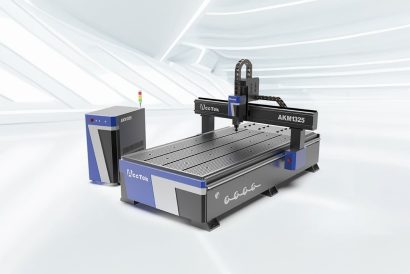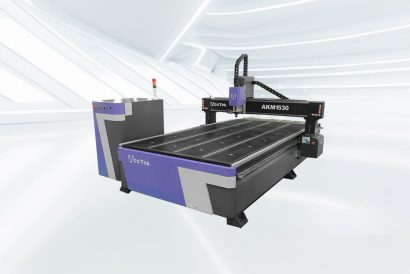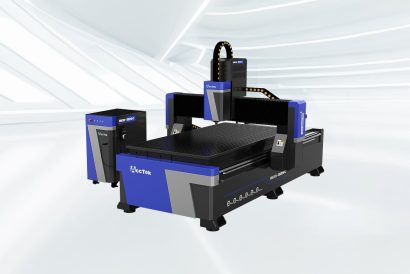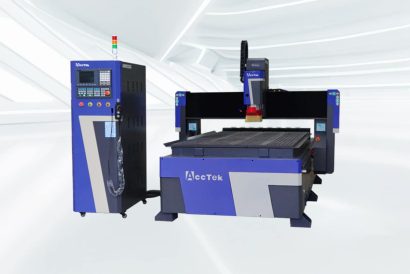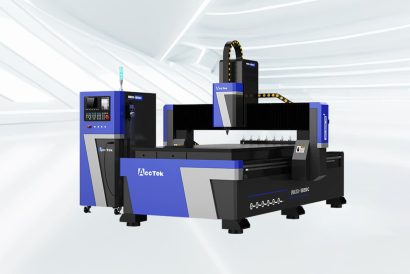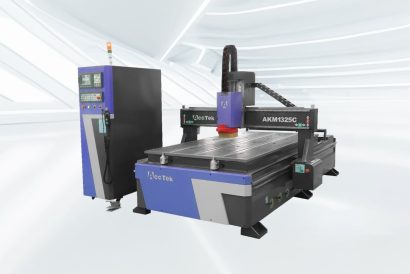Composite Materials
Types of Composite Materials That CNC Routers Can Process
- Aramid (e.g., Kevlar)
- Composite Laminates
- Aluminum Composite Material (ACM)
- High-Density-Urethane (HDU)
- Foam Board and Foam Core Materials
- Polymer Matrix Composites
- Hybrid Composites
- Natural Fiber Composites
- Wood-Plastic Composites (WPC)
- Carbon Fiber Composites
- Aramid (Kevlar) Composites
- Aluminum Matrix Composites (AMC)
- Foam Core Composites
- Fiberglass Composites
- Epoxy Resin Composites
- Thermoplastic Composites
- Polyester Resin Composites
Operations That CNC Router Can Perform on Composite Materials
Cutting
CNC routers employ specialized cutting tools to precisely follow programmed paths, producing intricate shapes and contours in composite materials. The CNC router's controlled movements guarantee clean edges and minimal material waste.
Drilling
CNC routers are equipped to accurately drill holes of varying diameters and depths in composite materials. This includes the precise placement of holes for fasteners, connectors, or other assembly requirements. The precision of the router guarantees consistency across multiple parts or components.
Milling
CNC routers can create pockets or recessed areas within composite materials. They can perform surface milling to smooth out rough areas, ensuring a uniform and polished surface suitable for various applications.
Engraving
CNC routers excel at engraving text, logos, or intricate graphics onto composite surfaces. The router's precise movements and controlled cutting depth allow for the creation of detailed and visually appealing markings or designs on composite materials.
Routing
CNC routers are adept at profiling and shaping the edges of composite parts. They can create beveled edges, chamfers, or specific edge profiles according to programmed specifications, enhancing the aesthetic appeal and functionality of the final product.
Scoring
CNC routers can score the surface of composite materials to facilitate bending or folding. By creating controlled cuts or grooves, they enable the material to bend along specified lines without compromising its structural integrity.
Trimming
CNC routers perform precision trimming to remove excess material or flash from molded composite parts. This process ensures uniformity in the final product, eliminating imperfections and irregularities to meet exact specifications.
3D Machining
CNC routers are capable of executing complex 3D machining operations on composite materials. By following intricate tool paths, they sculpt detailed three-dimensional shapes, allowing for the creation of highly customized and intricate components.

